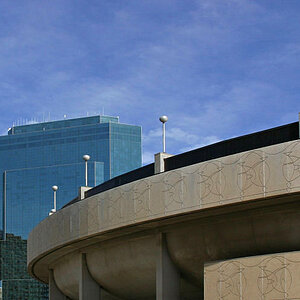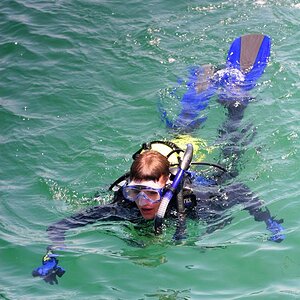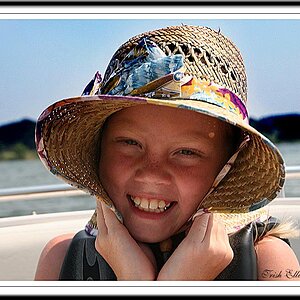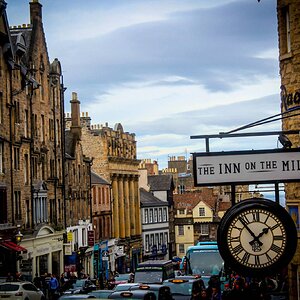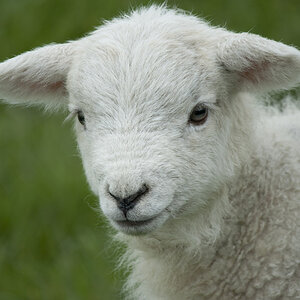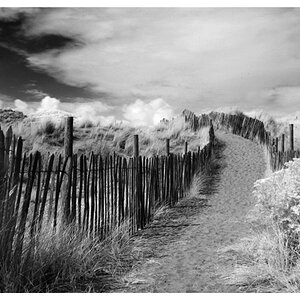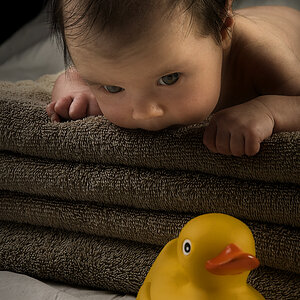Hi,
I want to learn more about taking portrait photographs in the style of the photo attached. I have a Canon 400D, which is 10.1mp, however, when I took a portrait without direct flash, the camera obviously compensated and opened the shutter speed. But the photos are just too blurred. I then used a tripod with self timer to avoid camera shake, but yet again the photo looked just too blurred and out of focus. I used both auto focus and Manual and adjusted the appature and shutterspeed manually.
I used continuous light from two light stands with diffuser umbrellas, but did not use the slave flashes on them.
I used ISO 100 to avoid grainyness too.
So my main question is, how can I obtain crystal clear clairty of the photos yet not use flash, whilst keeping the lighting like the portrait photo attached.
Any advice??
Thanks in advance.
click here
http://www.edge9.com/artwork/photo.jpg
*edited to show link rather than image*
I want to learn more about taking portrait photographs in the style of the photo attached. I have a Canon 400D, which is 10.1mp, however, when I took a portrait without direct flash, the camera obviously compensated and opened the shutter speed. But the photos are just too blurred. I then used a tripod with self timer to avoid camera shake, but yet again the photo looked just too blurred and out of focus. I used both auto focus and Manual and adjusted the appature and shutterspeed manually.
I used continuous light from two light stands with diffuser umbrellas, but did not use the slave flashes on them.
I used ISO 100 to avoid grainyness too.
So my main question is, how can I obtain crystal clear clairty of the photos yet not use flash, whilst keeping the lighting like the portrait photo attached.
Any advice??
Thanks in advance.
click here
http://www.edge9.com/artwork/photo.jpg
*edited to show link rather than image*



